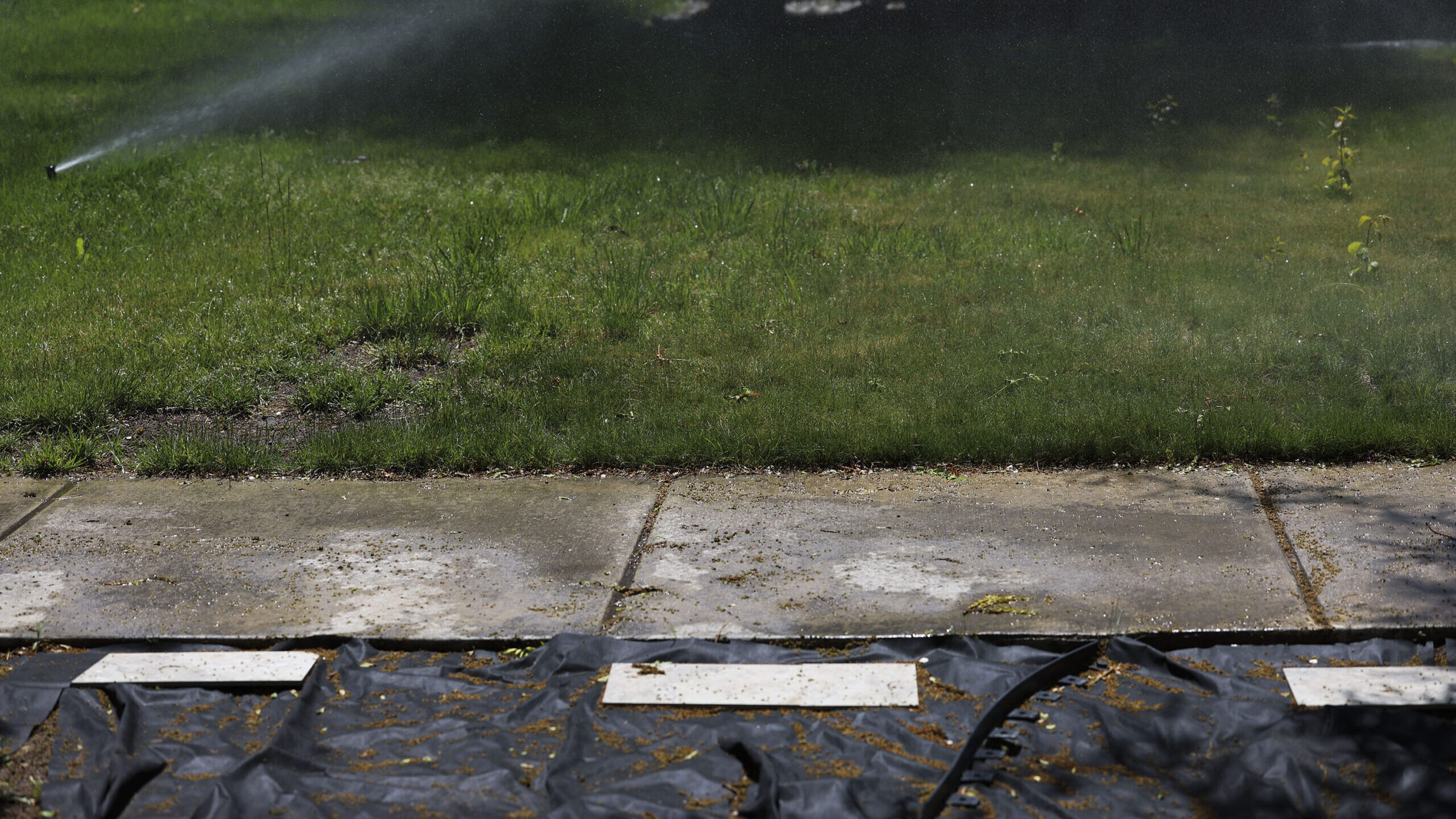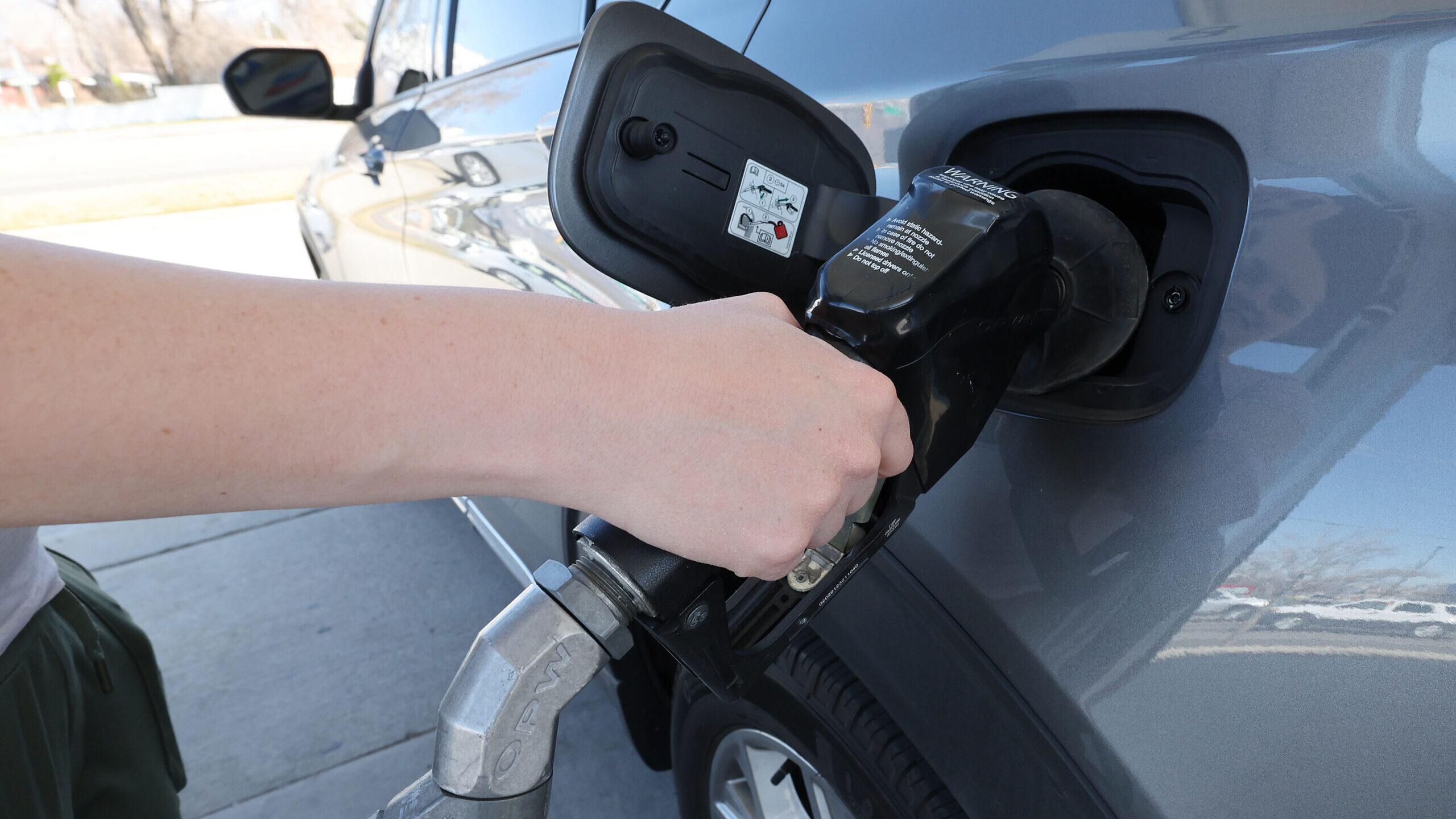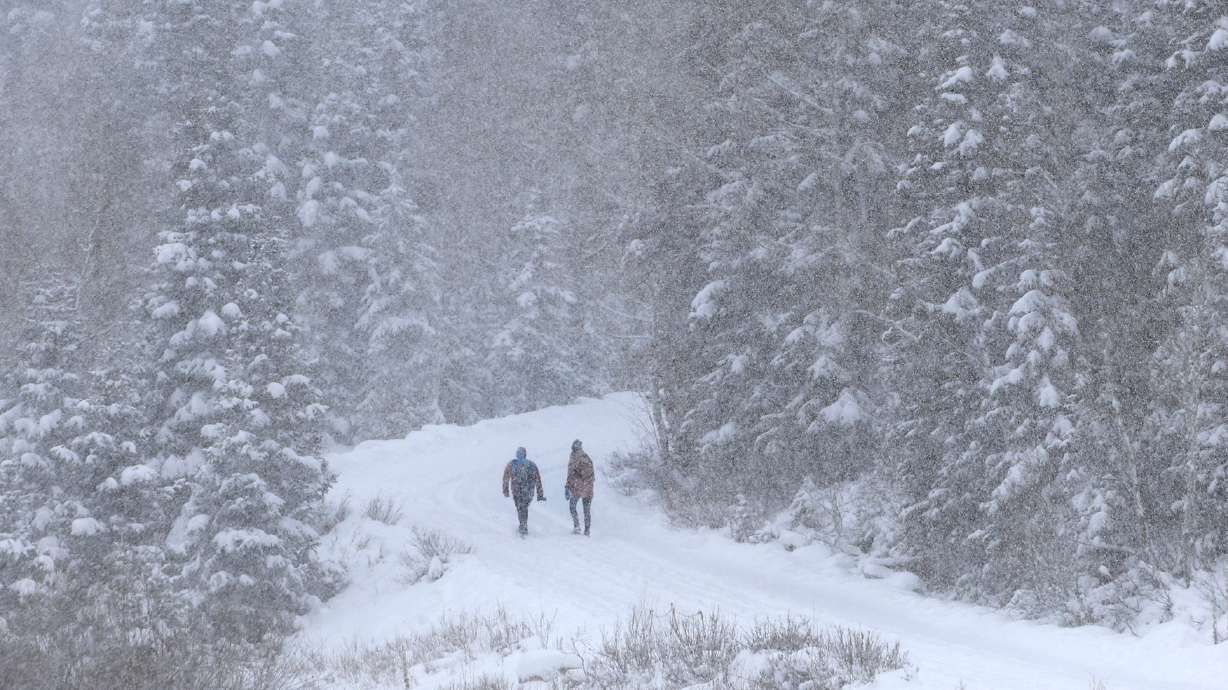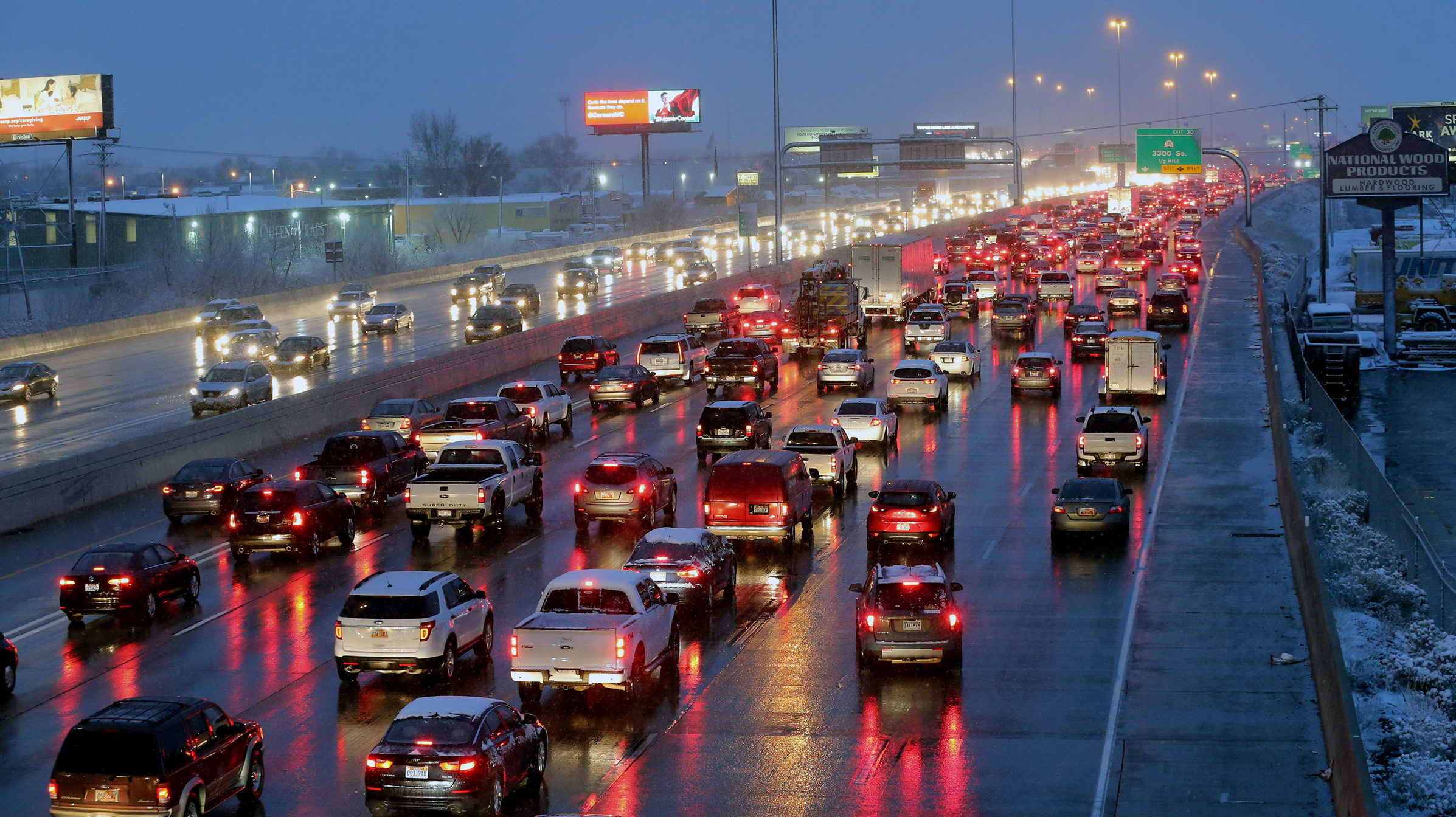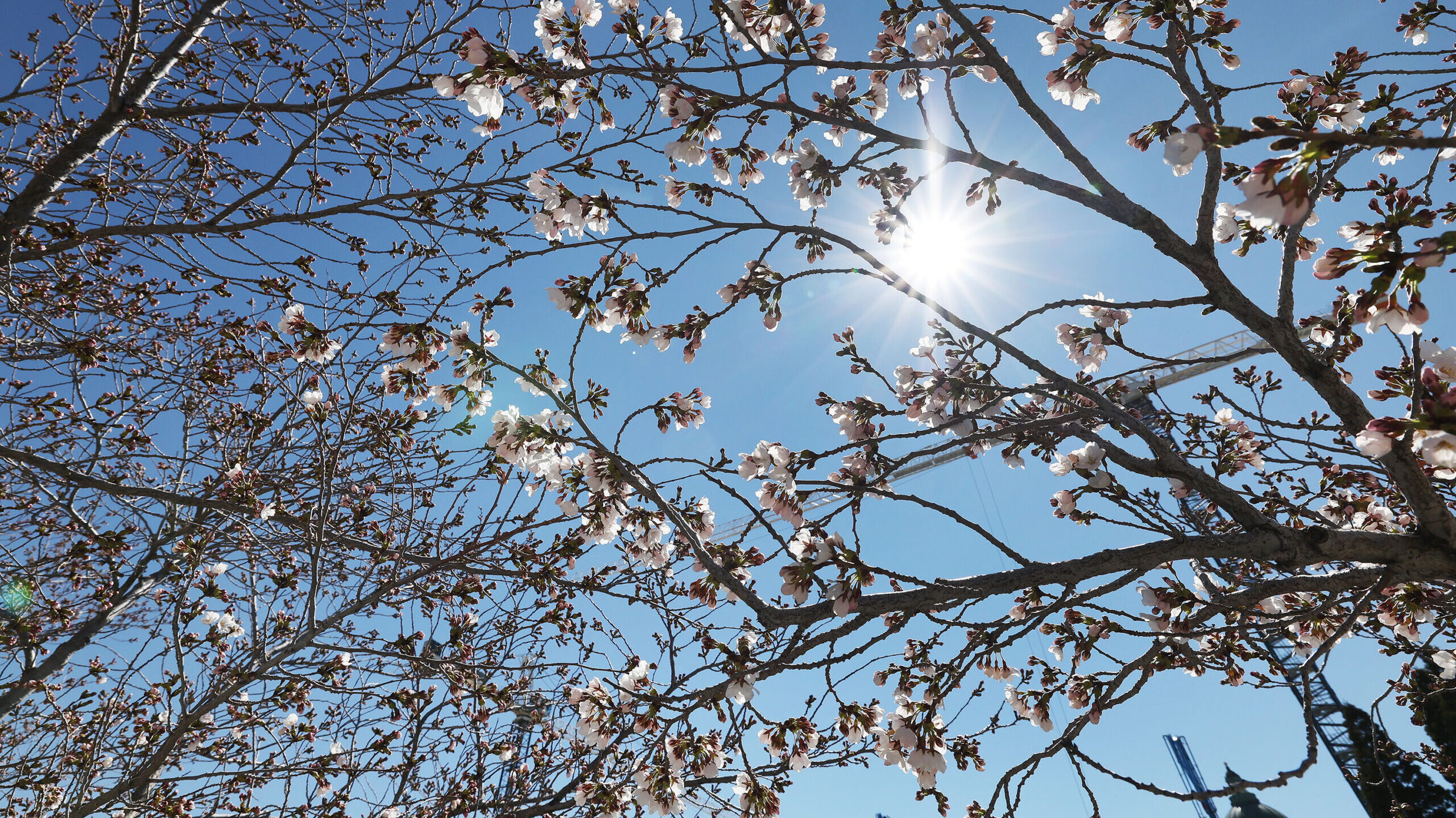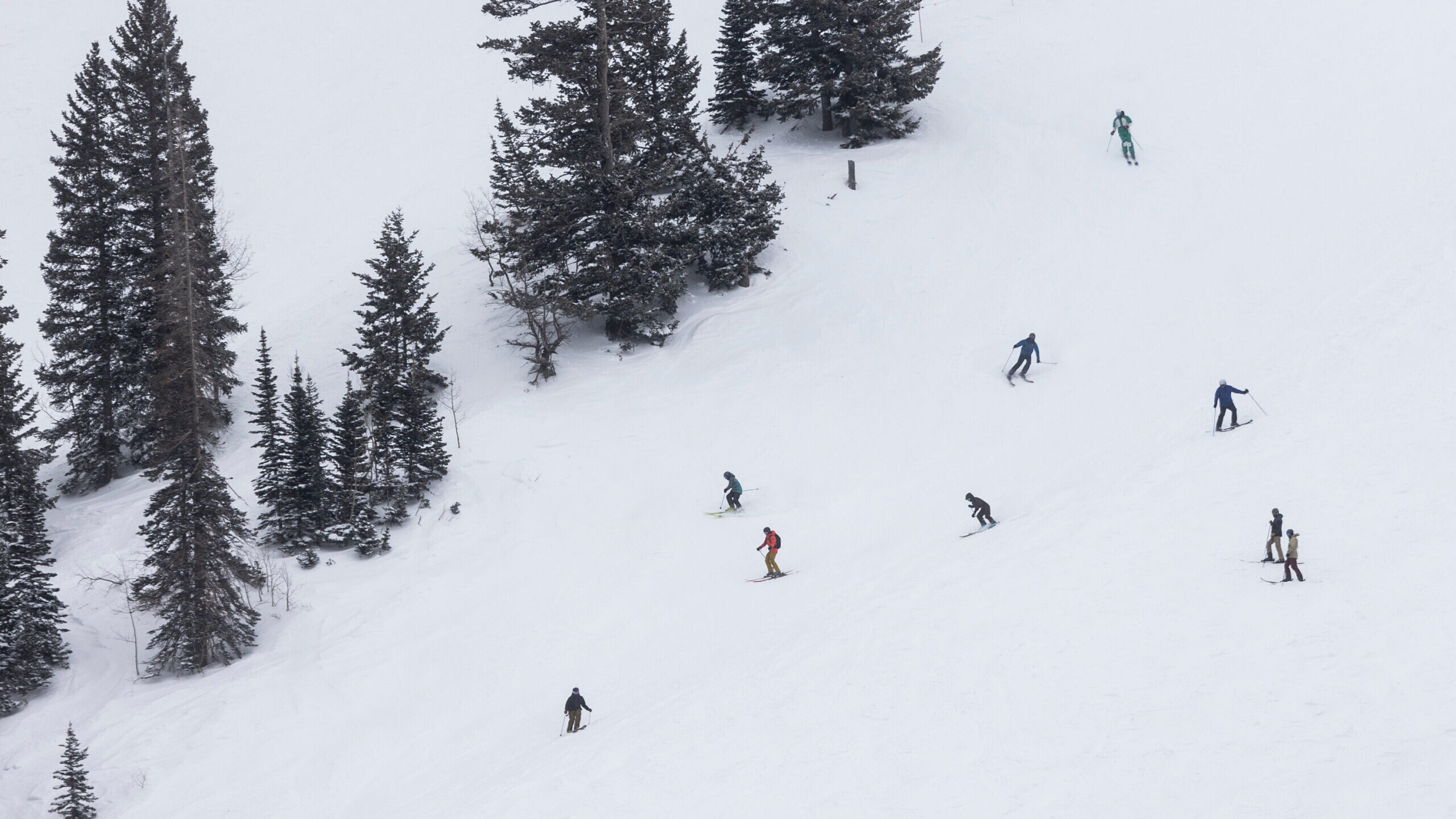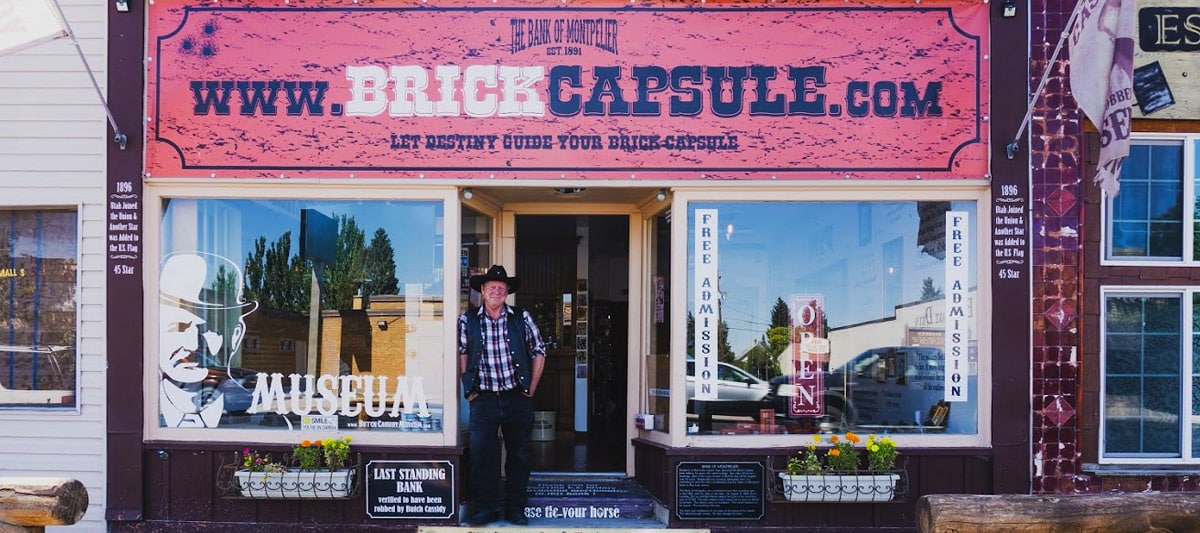What causes lake-effect snow?
Nov 18, 2022, 8:30 AM
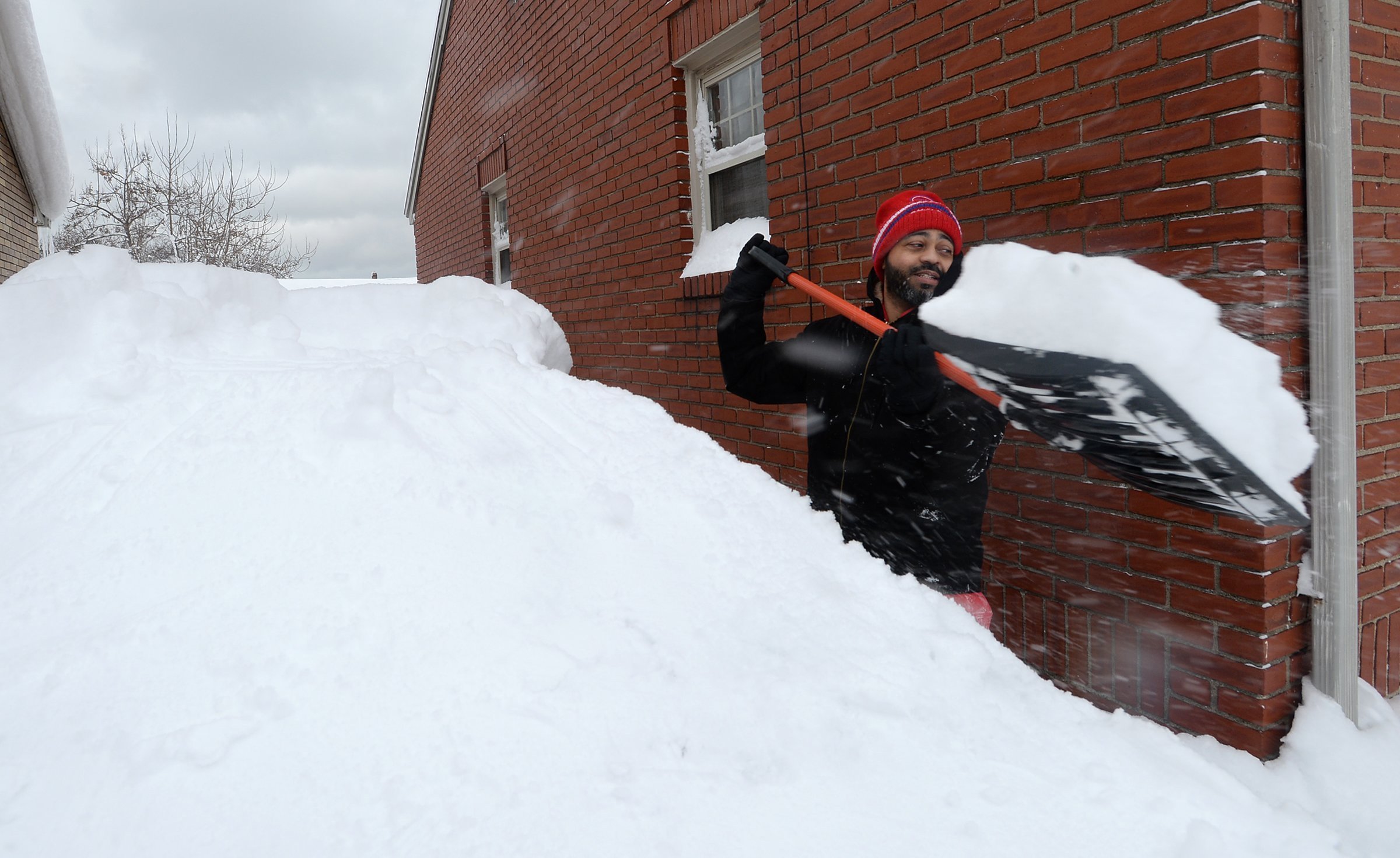
Patrick Harden clears snow from the roof of his car on Tuesday, Dec. 26, 2017, in Erie, Pa. The National Weather Service office in Cleveland says Monday's storm brought 34 inches of snow, an all-time daily snowfall record for Erie. Another 19 inches fell before dawn Tuesday, making the greatest two-day total in commonwealth history. (Greg Wohlford/Erie Times-News via AP)
(Greg Wohlford/Erie Times-News via AP)
(CNN) — It takes just the right conditions to produce lake-effect snow, but when they come together, it creates some of the most extreme winter weather found anywhere on the planet. Perfectly blue skies can turn to a blinding snow storm in minutes, producing snow amounts that will bury your ruler in a couple hours.
The Great Lakes is the only place where lake-effect snow occurs in the United States, except occasionally at the Great Salt Lake in Utah, according to CNN meteorologist Brandon Miller.
But what exactly is lake-effect snow?
Miller said it happens when very cold, windy conditions form over a not-so-cold lake. The lake might be 40 degrees, he said, and the air zero degrees.
“That differential in temperatures creates some instability and the water provides a moisture source,” Miller said. “When it gets over land, it deposits water vapor as snow.”
Lake-effect snow generally doesn’t fall over the water because it needs the friction and topography of the land to bring out the snow.
Winds usually blow west to east in the Northern Hemisphere, so the lake-enhanced snow is pushed to the eastern side of the Great Lakes, Miller said.
Lake-effect snow can be very localized, especially when hills and mountains can cause these little weather systems to stall out and deposit a lot of precipitation in one spot.
“You can have 20 to 30 inches of snow, and five miles away only a couple of inches,” Miller said.
The National Weather Service webpage on lake-effect snow says that “wind direction is a key component in determining which areas will receive lake-effect snow. Heavy snow may be falling in one location, while the sun may be shining just a mile or two away in either direction.”
Upstate New York and the cities of Rochester, Buffalo and Syracuse are the hot spots — maybe they should be called cold spots — for lake-enhanced snow in the United States, Miller said.
That area is located east of Lake Erie and Lake Ontario, which have a more east-west orientation than the other Great Lakes. That means there’s more time and distance for the lake-enhanced snow to build up, Miller said. In meteorologist lingo, that’s called a longer “fetch.”
And lake-effect snow can pile up with amazing speed.
The incidence of lake-effect snow tends to decrease as we get deeper into winter, he said. The lake water becomes colder and and there’s less differential with the air temperature.
Lake Erie often freezes over, being the smallest and shallowest of the Great Lakes. “If the lake freezes, the lake-effect machine effectively shuts down,” Miller said.
The Great Salt Lake sometimes produces lake-effect snow, but not much because it’s not as big as the Great Lakes.
Japan suffers through something even bigger and badder than lake-effect snow: Ocean-effect snow, with the effects amplified because of mountain ranges.
“You can see one hundred inches in a week from the ocean-effect snow,” Miller said.
How lake-effect snow is changing
The connection between lake-effect snow and the climate crisis is a complicated one, but scientists have observed a slight increase in annual lake-effect snow amounts around the Great Lakes since 1930, and they expect it will continue to increase modestly through the middle of this century.
That increase is due to two things: Warmer lake water temperatures and a shorter amount of time that the lakes are covered in ice during winter.
When cold air blows over warmer lake water, it can pick up more moisture and lead to higher snow amounts downstream. In that same vein, if lakes are ice-free longer into the winter season, that sets up the potential for more lake-effect snow events, since lake-effect snow generally requires that the lakes are not covered in ice.
Ultimately scientists think the increase will cease — possibly around midcentury — as air temperatures continue to rise due to planet-warming fossil fuel emissions. One of the major requirements for a lake-effect snow storm is cold air. As that air becomes warmer, it will be less and less likely that it will be cold enough to produce snow.


